November 4, 1842: Abraham Lincoln marries Mary Todd.
November 4, 1890: An underground electric railway opened in London; the Prince of Wales officiated at the opening ceremony. An article about the railway: http://tinyurl.com/y7qzcswk
The Romance of the Harem http://tinyurl.com/znvpyqy
The English Governess At the Siamese Court: http://tinyurl.com/h4rf8vn
An article about Stanley's meeting with Livingstone: http://www.eyewitnesstohistory.com/stanley.htm
November 11, 1889: Washington Territory becomes a state.
November 17, 1873: The U.S. Supreme Court rules that racial segregation on railroad cars is unconstitutional. http://www.readex.com/readex-report/dastardly-outrage-kate-brown-and-washington-alexandria-railroad-case
A biography of Garfield: From Log Cabin to the White House: The Life of James A. Garfield http://tinyurl.com/y7u8pazd
"Young men talk of trusting to the spur of the occasion. That trust is vain. Occasions cannot make spurs, young gentlemen. If you expect to wear spurs, you must win them. If you wish to use them, you must buckle them to your own heels before you go into the fight. Any success you may achieve is not worth having unless you fight for it. Whatever you win in life you must conquer by your own efforts, then it is yours—a part of yourself." —James A. Garfield. "Elements of Success—Address Delivered in Spencerian Business College, Washington D.C., June 29, 1869."
November 23, 1887: An arsonist sets fire to the winter quarters of PT Barnum's circus. A newspaper article about the incident appeared the next day: http://www.gendisasters.com/connecticut/15415/bridgeport-ct-barnum-039s-circus-fire-nov-1887
An eye-witness account of the event from one of Barnum's employees was published in 1905: http://tinyurl.com/ya3txx7u
"[I]t seemed as if the child scarcely heard the spiteful, insulting things said to her, or, if she heard them, did not care for them at all. Sometimes, while she was in the midst of some harsh and cruel speech, Miss Minchin would find the odd, unchildish eyes fixed upon her with something like a proud smile in them. At such times, she did not know that Sara was saying to herself, "You don't know that you are saying these things to a princess, and that if I chose, I could wave my hand and order you to execution. I only spare you because I am a princess, and you are a poor, stupid, old, vulgar thing, and don't know any better.""—Burnett, Frances Hodgson. Sara Crew: Or, What Happened at Miss Minchin's. 1888, p. 47. (This story was later expanded into the book, A Little Princess, which was published in 1905.)
Digital version: http://tinyurl.com/h9fjyjd
"Lady Churchill Tattooed
There are certain women of the world who capture public attention to that degree that everything they do is promptly chronicled. Lady Randolph Churchill is one of them. When returning home from India with Lord Randolph she noticed a British soldier tattooing a deckhand. It dispelled the ennui that had seized upon her as an incident of ship life, and from watching the operation from her deck-chair she concluded to try it herself. She had the artist brought before her and asked him for some designs. He suggested the Talmudic symbol of eternity —a snake holding its tail in its mouth. Lady Randolph was charmed, and bared her arm for the operation… [The finished tattoo] is described as a beautifully executed snake, dark blue in color, with green eyes and red jaws. As a general thing it is hidden from the vulgar gaze by a broad gold bracelet, but her personal friends are privileged to see it and hear the story of the tattooing."
There is an important detail of this story which is seldom mentioned but I feel gives it distinct poignancy: At the time this incident took place, Jennie's beloved husband Randolph was dying of a very painful and lingering illness. The voyage mentioned in the above article was undertaken in the desperate hope that rest and a change of climate would improve Randolph's health, yet they knew how little chance there was of it: they were travelling with a lead-lined coffin.
Years previously when Jennie and Randolph had first met and fallen instantly in love, he gave her a bracelet as a symbol of their troth to each other. Their letters from that time —and especially his to her— reveal what a wonderfully romantic couple they were. Reading them, I developed my own personal little theory about Jennie's tattoo: I like to think it was her way of symbolizing their eternal devotion to each other in a bracelet that would always be with her.
Jennie was a strong, beautiful woman; I highly recommend her memoir, The Reminiscences of Lady Randolph Churchill, as well as the biography which was written by her grandson Peregrine Churchill, Jennie, Lady Randolph Churchill: A Portrait with Letters. Peregrine's biography of Jennie includes transcriptions of a large number of love letters which Randolph wrote to her, testifying to the depth of their passion for one another. One of his letters avows, "Many would tell you that feelings such as I feebly attempt to describe to you are quite out of date in this practical 19th century, that a love such as this is an anachronism and that what I have written is only the effusions of a too ardent imagination or perhaps the ravings of a lunatic. God knows with me they are neither one nor the other, but simply the sincere and real description of a true, pure love, which I own unhappily for the world is not common, but is not on that account less admirable or less possible. Feelings such as these are not as many would say from their very strength short-lived, on the contrary… they are as enduring as life and I believe fully, last and receive their reward beyond the grave." [Excerpted from Peregrine's book, pp. 34—35.]
November 29: Happy birthday, Louisa May Alcott! Born November 29, 1832.
*************
Special days in November:
"Nowhere is the "Jour des Morts" observed more universilly than in Vienna. An English visitor last year says, "The suburban cemeteries must have been visited to-day by one-third of the inhabitants. Every shop was shut, and all business, official and private, was suspended. Since an early hour this morning long files of vehicles of every variety, from the Court carriage to the coster-monger's cart, omnibuses, tram-cars, removal vans, and so on, have been conveying people to the central Friedhof, or municipal cemetery, situated some four miles from the inner town. Pedestrians, too, thronged the footpaths, plodding their way through the half-melted snow, ankle deep in mud, to and from the great burial-ground of Vienna, with wreaths of flowers and evergreens slung on their arms or over their shoulders. The poorer classes who could not afford to drive, braved cold and wet to visit the graves of their lost relatives. All or nearly all of them were in mourning. Outside the town temporary booths were erected for the sale of flowers, wreaths, and funeral tokens of remembrance. In one place an itinerant showman endeavored to attract the passers-by with some lusus naturae or other hideously daubed on the outside of his caravan, but I was told he had not taken a single kreutzer the whole day. The Central Friedhof, probably the largest cemetery in Europe, is surrounded by a substantially-built wall, and forms a suburb in itself with its wide and narrow avenues, its rich and poor quarters, and its separate districts for Christians and Jews. Opposite the main entrance are three semicircular porticos, containing thirty-six tombs each. The charge for burial in these buildings is 7,000 florins."" --The Leisure Hour, 1882, p. 128.
(For festivals honoring the dead at other times of year, see this Smithsonian article: https://www.smithsonianmag.com/travel/festivals-dead-around-world-180953160/ )
Words For Parting
Victorian Poetry on Death and Mourning
"…This woman's hair, superbly luxuriant in its growth, was of the one unpardonably remarkable shade of color which the prejudice of the Northern nations never entirely forgives —it was red!" —Wilkie Collins, Armadale, 1866.
A history of red hair:
Red: A History of the Redhead by Jacky Colliss Harvey (2015)
November 5: Guy Fawkes Day in Britain
1891 article in The Strand about manufacture of fireworks: http://tinyurl.com/y7vc6pwu
November 11: The nineteenth-century equivalent of Veteran's Day was Decoration Day, which was celebrated in May. Some Decoration Day poems:
The Blue and the Grey (Poem—1887)
In Decoration (Poem—1890)
The Soldier's Daughter (Poem—1889)
"Thanksgiving for Two": A Story from 1888: http://www.thisvictorianlife.com/thanksgiving-for-two-1888.html
The American Carver: A Poem from 1887
Victorian food images scanned from our collection:
Food: http://www.thisvictorianlife.com/food.html
Dining: http://www.thisvictorianlife.com/dining.html
Kitchens and kitchen tools: http://www.thisvictorianlife.com/kitchens-and-kitchen-tools.html
________________
Of Interest in November:
"A Few Facts About Elections" —an article from November, 1888: http://tinyurl.com/y7jyggkw
This piece gives a good perspective on elections in the grand scheme of things. As the author states, "We think the age in which we live is the age; that the people among whom we move are the favored of the earth, that our ways are the best, that our methods are the nearest allied to those of omniscience, that the crisis we face is the most momentous. As matter of fact, crises are as regular in the history of a nation, as the rising of the sun and the going down thereof…"
From Isabella Beeton's The Book of Household Management, 1893 edition.
Vegetables. - Beetroot, cabbages, carrots, celery, lettuces, late cucumbers, onions, potatoes, salading, spinach, sprouts - various herbs.
Fruit. - Apples, bullaces, chestnuts, filberts, grapes, pears, walnuts.
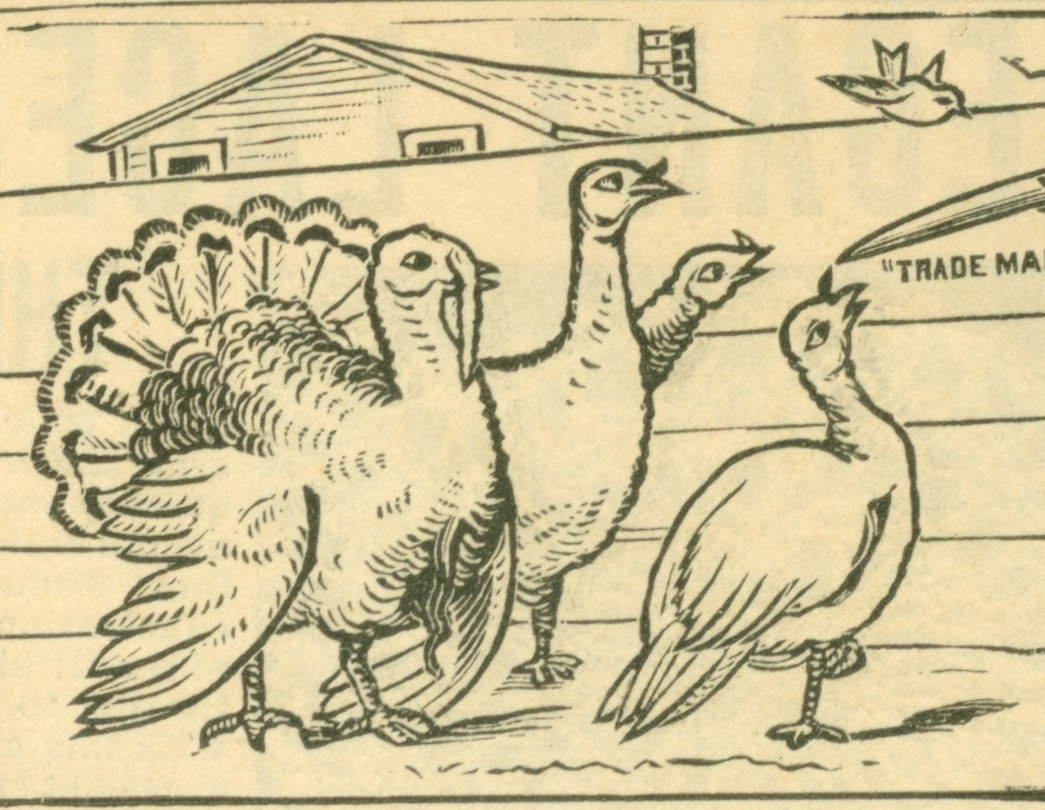





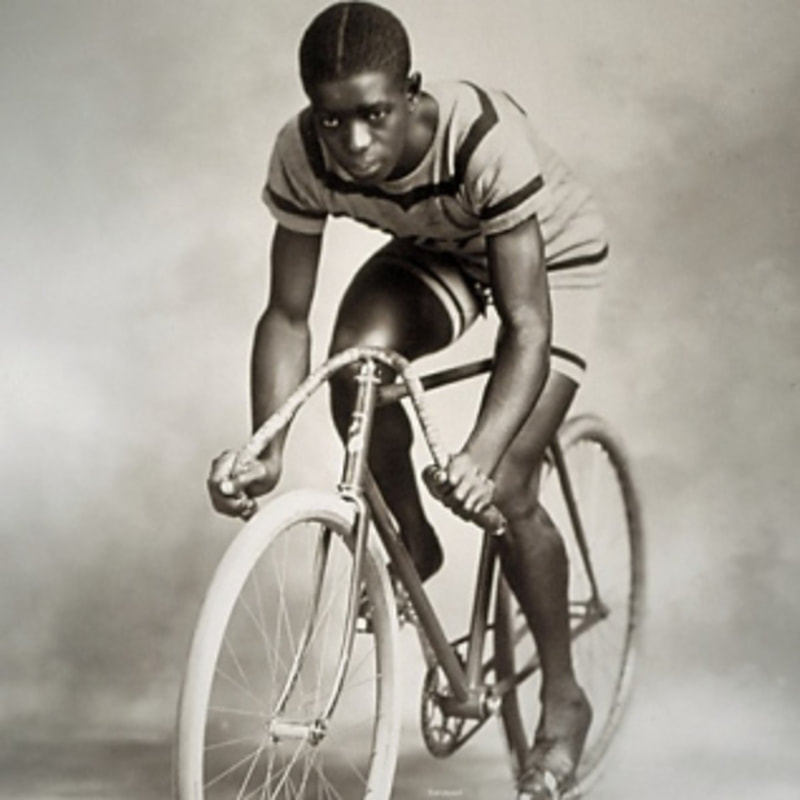



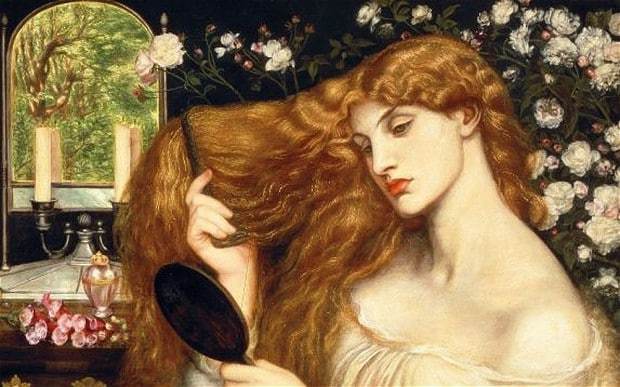


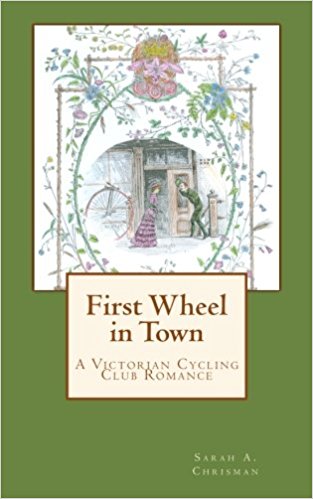

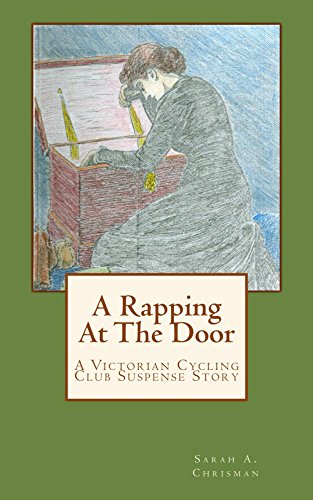
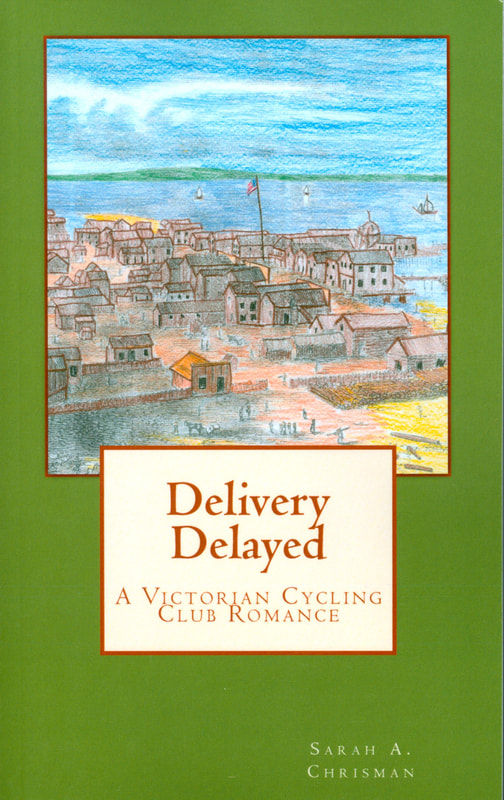
 RSS Feed
RSS Feed